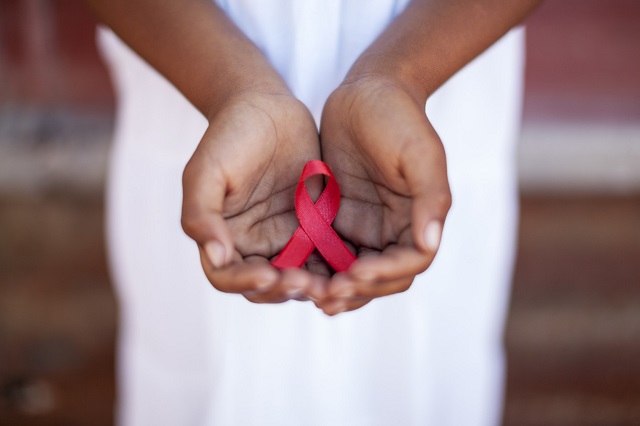
Kampala, Uganda | THE INDEPENDENT | The HIV response for children has fallen behind despite great progress made since the early days of the epidemic. This is according to the latest report on the progress towards the Start Free, Stay Free, AIDS-Free targets, released as part of the ongoing AIDS-2020 conference.
UNAIDS executive director Winnie Byanyima has observed that year after year, the bold target of eliminating new HIV infections among children is being missed and children are dying needlessly from AIDS-related illnesses, even though simple and cheap treatments could save their lives.
“To see so many tools available, so many new HIV infections among children that have been prevented, so many children living with HIV doing well, but to see others missed and still left behind is a tragedy”, Byanyima said.
The Start Free, Stay Free, AIDS-Free framework launched in 2016 by UNAIDS and the United States President’s Emergency Plan for AIDS Relief (PEPFAR) is built around three concepts: that babies have the right to be born HIV-free; that children, adolescents and young women have the right to stay free from HIV through prevention; and that those children and young people who acquire the virus have the right to be diagnosed, treated and cared for so that they can remain AIDS-free.
In line with these targets, countries had agreed to reduce new HIV infections among children 14 and under to less than 40,000 by 2018 and 20,000 this year. However, data shows an estimated 150,000 children were newly infected in 2019. While the figure represents a 52 percent reduction since 2010, it is still four times the 2018 target.
Although 85 percent of pregnant women living with HIV received antiretroviral treatment (ARVs) in 2019, the study shows unequal access to services meaning children are still becoming infected. Countries also called for providing ARVs to 1.4 million children living with HIV by 2020. Last year, only 950,000 were reached.
“The lack of optimal HIV medicines with suitable paediatric formulations has been a longstanding barrier to improving health outcomes for children living with HIV, contributing towards low treatment coverage”, said Tedros Adhanom Ghebreyesus, head of the World Health Organization (WHO).
“Access to services for vulnerable groups must be expanded through stronger community engagement, improved service delivery and tackling stigma and discrimination.”
Despite the grim news, UNAIDS said the world can still commit to achieving the Star Free, Stay Free. AIDS Free targets.
“We can do better. We must do better”, added Ms Byanyima. “We know how to save lives and stop new HIV infections among children. I demand that we spare no effort. Anything less is shameful.”
*****
URN
 The Independent Uganda: You get the Truth we Pay the Price
The Independent Uganda: You get the Truth we Pay the Price


